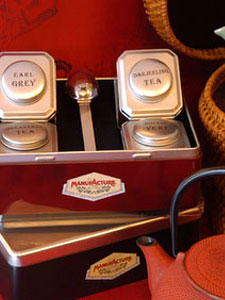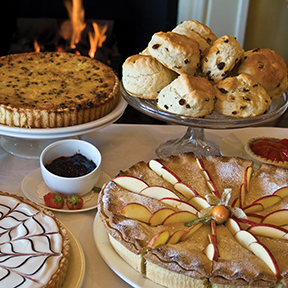English Breakfast
The British have always liked a robust strong tea to wake them up in the morning, and English Breakfast blends have traditionally been made up of teas that give a rich flavor and a dark coppery color. The blend often consisted of malty Assam black teas, brisk Sri Lankan teas, and strong Kenyan grades that all combine to perfection with the addition of milk. Many American tea blenders use China Keemun teas exclusively as a base for English Breakfast. Keemun teas are known for their rich earthiness and can be drunk with or without milk.
Irish Breakfast
The average daily consumption of tea in Ireland is 4.5 cups, one of the highest rates in the world. Irish blends are very strong and dark, similar to English Breakfast but with a greater portion of Kenyan Broken Pekoe grades and malty black teas from Assam. Of course, Irish Breakfast blends are made for the addition of milk.
Afternoon Tea Blend
Most tea importers’ catalogs, British or American, will include a lighter blend that is perfect when accompanied by light sandwiches or sweets at the afternoon tea table. Some are made up of just Sri Lankan Orange Pekoe grade teas; others are composed of a medley of Darjeeling, Assam, and Nilgiris that give an all-Indian flavor; and a few combine teas from both Sri Lanka and India. The blender’s aim is to create a tea that complements, rather than masks, the delicate flavor of the afternoon tea meal.


